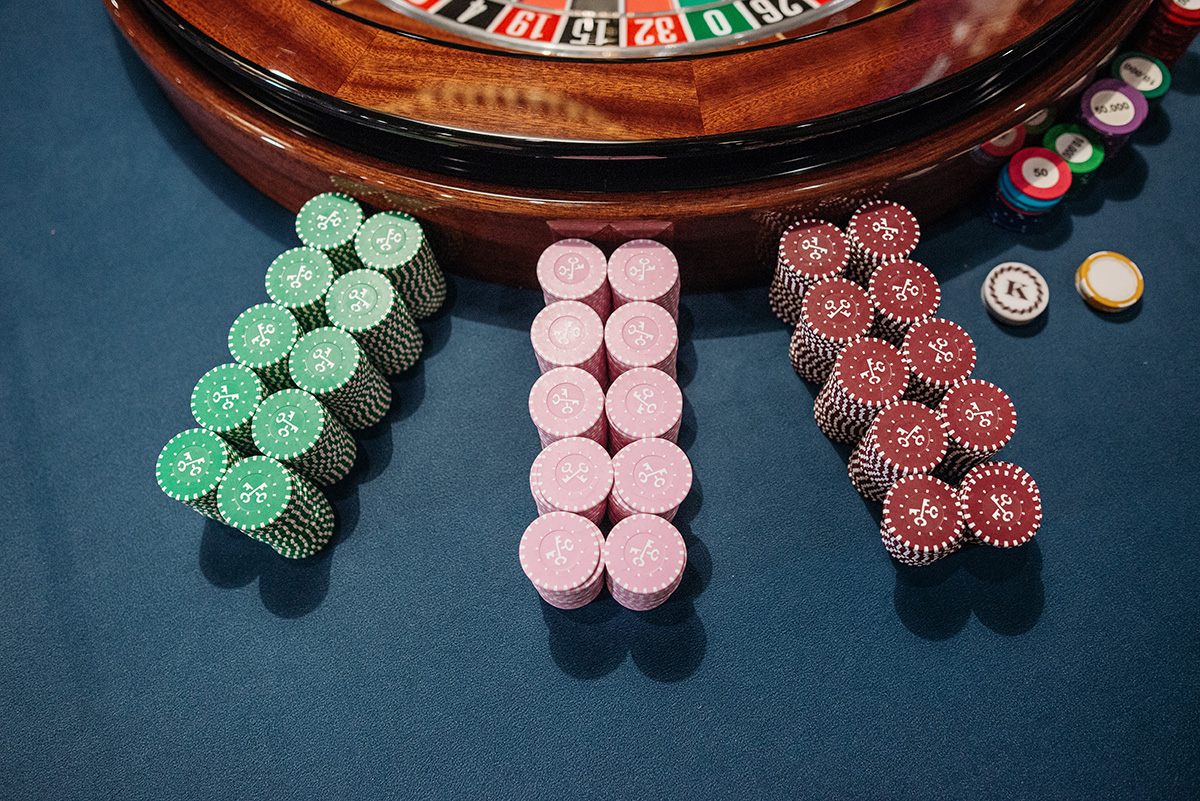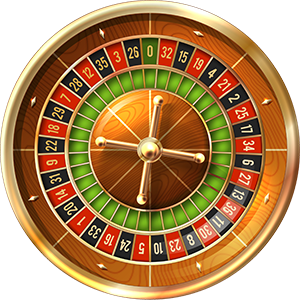
About a decade ago, I was tasked with the unique job of going through all the floats (the racks that hold the chips) at a casino I worked for with a UV light.
The cage had discovered that someone had been passing off counterfeit $100 black checks by playing at the tables. Eventually, other players were innocently showing up at the cage with them.
In the end, we found 68 of them, mainly on the craps tables.
You might think this kind of thing goes on all the time but, in reality, making a counterfeit chip is a time-consuming and almost always futile exercise.
One of the first drawbacks is that every casino is going to have a different chip. The material, weight, color, and feel make each casino’s value checks different from its neighbors.
You’d really have to specialize.
And dealing with just one casino makes it easier to get caught.
Why Fake Chips Are Difficult To Make
Casino chips – also known as checks, cheques, and tokens – are usually made of molded plastic or ‘clay’. As mentioned, they vary in weight, style, design, markings, and color from one casino to the other.
The colors of chips used in casinos are usually the same, with the value denominations as follows:
- White – $1
- Red – $5
- Green – $25
- Black – $100
- Purple – $500
- Orange – $1,000
However, ask any artist or designer, or just plan to repaint your home, and you’ll instantly realize that there are more shades of each of these colors than you can imagine.
So even though all casinos might have green $25 chips, the exact shade is distinct and can be hard for counterfeiters to match.
That’s why most counterfeiters start with $1 checks (white) from their target casino. They’re a suitable material and this helps with weight and feel for counterfeiting higher-value chips.
But even then, painting a white chip the correct shade of black without altering its weight or feel is very difficult.
And it’s not just the black but the color of the stripes that are on all chips as well.
Even if scammers can match the shades exactly and remember to check for UV markings and keep the weight and feel similar, there is still the inlay on each chip.
That has the casino, the denomination, and, depending on the value of the chip, potentially lots of other security features.
From holograms to microdots to color-shifting ink, high-value casino chips are extremely difficult to reproduce.
Some even have built-in radio frequency transmitters, known as RFID chips, and are frequently found in high-limit rooms in Las Vegas and Macau.
You Will Get Caught And Be Heavily Punished
But in all honesty, the effort required to make fake chips is not what dissuades most counterfeiters.
Due to Know Your Customer (KYC) and Anti-Money Laundering laws, every casino tracks high-value chips.
Suppose you’re buying in with chips worth more than $500 or $1,000 (purple or orange). In that case, the floor supervisor calls surveillance and takes your picture.
The sheer number of cameras and the ability to go back weeks or even months on surveillance footage to track basically individual checks should give anyone pause.
Should you attempt to buy in with high-value chips, casino personnel will try very hard to get your name and ID. Failing at that will only raise their suspicions more.

If you attempt to buy in or cash out over $10K, the US government requires we obtain your ID and SSN, or you aren’t allowed to play. Other countries have similar money laundering laws.
Getting caught using counterfeit casino chips can set you up for a variety of felony charges, so if you want to avoid hefty fines and prison time we suggest you steer clear of this shady business.
$100 Checks Are Counterfeited The Most
Higher-value chips will be noticed quickly and are very simple to track.
Lower denomination chips aren’t worth the time of carefully hand painting and replacing the inlays, which is why most counterfeiters stick to $100 checks.
At one point, fake inlays were being provided by companies in Asia on the dark web. You could send them the chip, and they would print off the inlays.
While this made counterfeiting a bit easier, it also came with a high cost. Therefore, almost assuring that the $100 chip was the most targeted.
It’s possible that US Customs, under pressure from casinos, have shut down some of these operations, or perhaps they’ve just gone even further into the dark.
Our counterfeiter mentioned at the start had clearly thought ahead about some things – but not others.
Database queries on players who played craps with no cash buy-ins narrowed the field, and cameras provided the rest.
He got 12 years.
Cons, Scams, And Assorted Hustles
The odds of you receiving a counterfeit chip inside a real casino are vanishingly small.
Still, it is a buyer beware outside of the casino. Counterfeiters over the years have realized the obvious: It’s a lot safer to pass chips outside of the casinos than in them.
Casino chip scams, especially bait, and switch, where your real chips get switched out for fake ones, have been a problem in Las Vegas since the city was founded.
Millions of unsuspecting tourists make it a hot spot for all kinds of cons, but passing counterfeit chips off as real ones is still a hometown favorite.
The trick here isn’t knowing all of the security features in all of the chips all over town.
It’s not allowing someone to use your greed to suspend your disbelief.
Just as you’re not going to fall for that Nigerian Prince wanting to put millions in your bank account, you also shouldn’t entertain the notion of buying an orange chip ($1,000) for $700 because the guy doesn’t have an ID to cash it out, or got booted from the casino and can’t go back in or whatever.
Apparently, one of the more elaborate scams I remember hearing about back in the early ’90s is still prevalent today.
Probably more so in Las Vegas than anywhere else in the world; if it looks too good to be true, it probably is.
There are a thousand things to gamble on, don’t make the authenticity of the chips you’re trying to cash in one of them.







